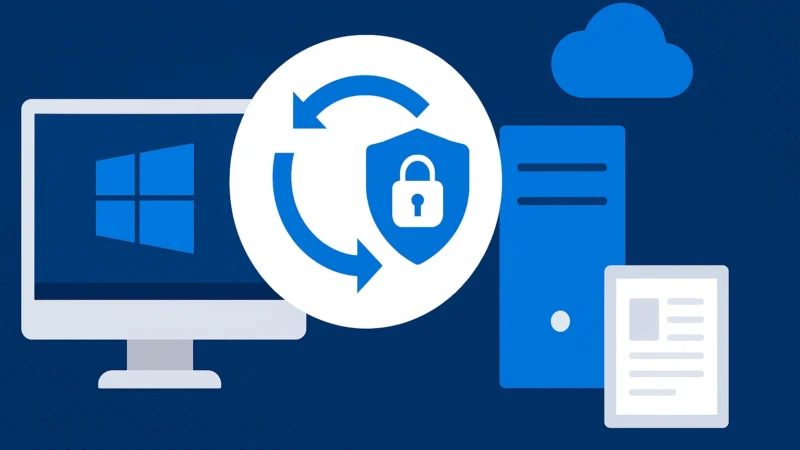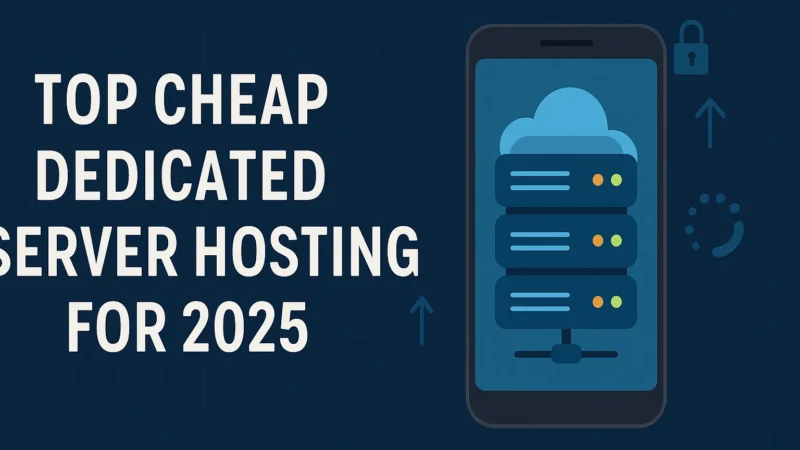Oracle Management Server explained in depth for IT administrators and database professionals
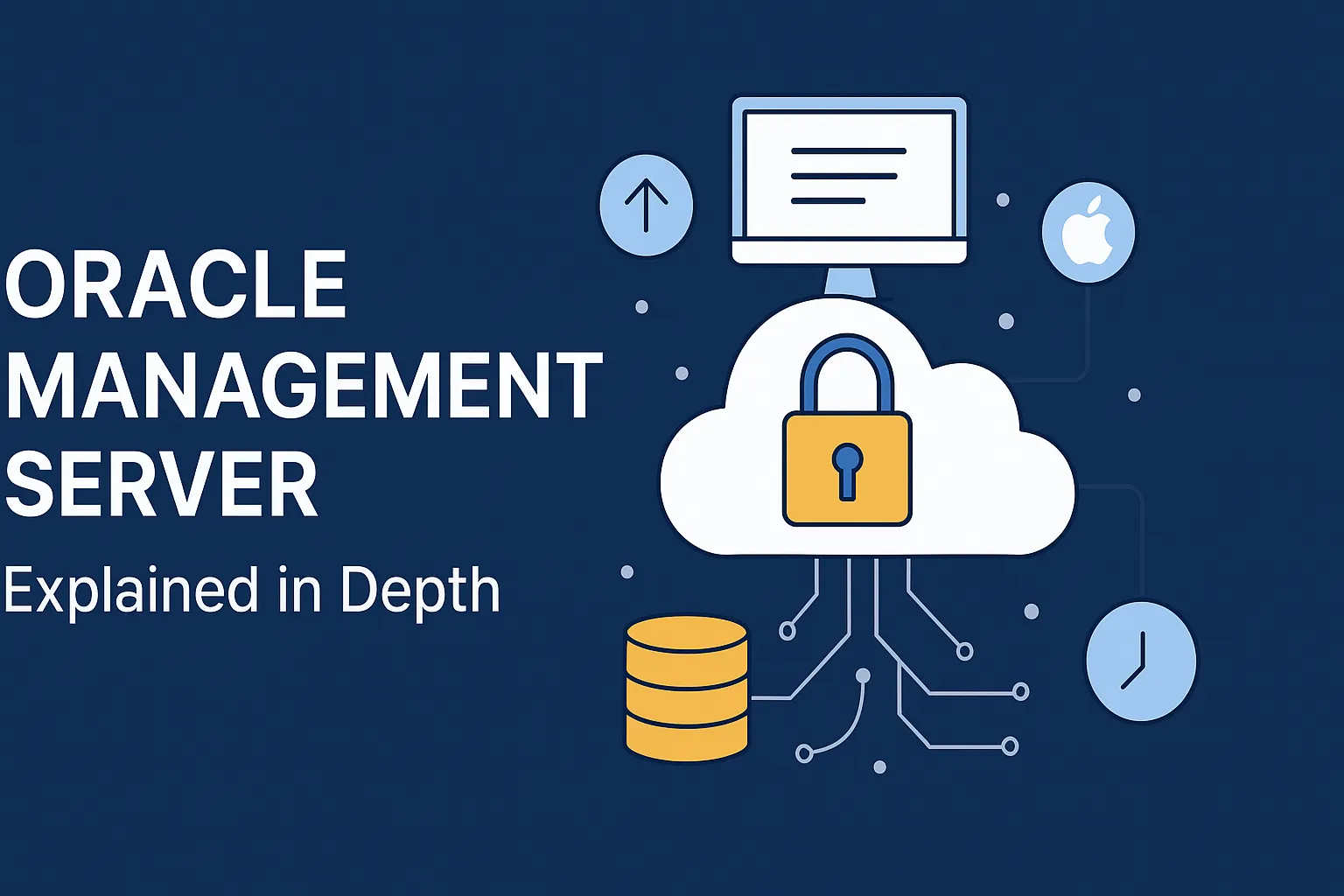
Claro. A continuación te presento un artículo original, detallado y optimizado para SEO sobre Oracle Management Server (OMS), ideal para un sitio profesional centrado en tecnología o administración de sistemas.
Oracle Management Server (OMS) is a critical component of Oracle Enterprise Manager (OEM), a suite of tools designed to monitor, manage, and optimize Oracle environments—ranging from databases to middleware and cloud applications. OMS acts as a middleware layer, bridging the gap between managed targets (like databases or servers) and the users or administrators interacting through the OEM Console.
In simple terms, Oracle Management Server is the central nervous system of Oracle Enterprise Manager.
Key functions of Oracle Management Server
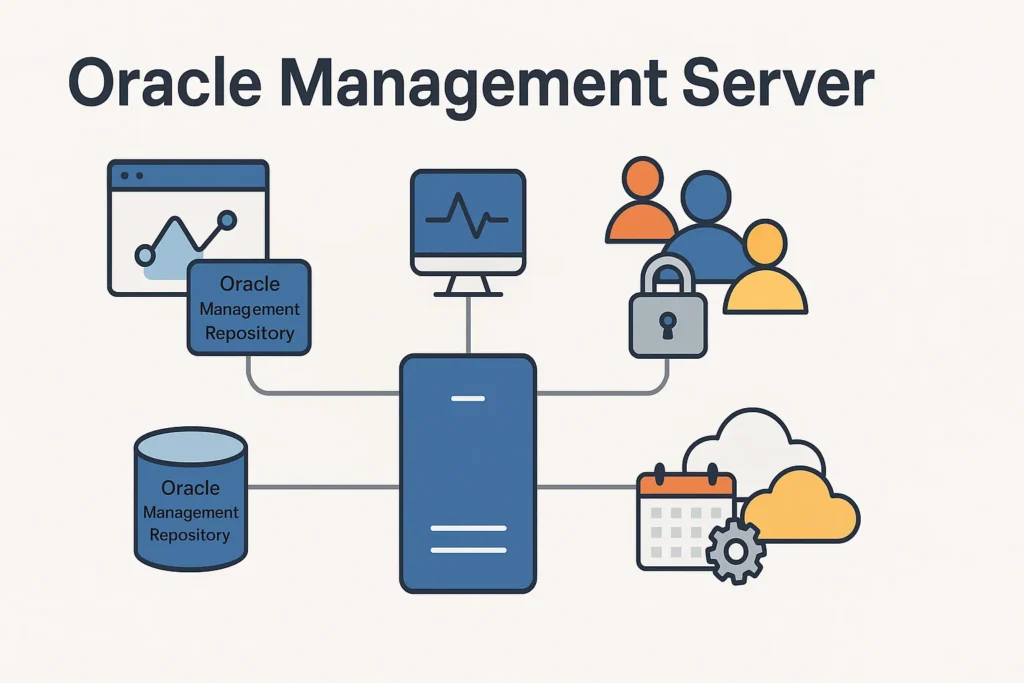
Oracle Management Server performs several vital functions:
1. Central coordination hub
OMS processes incoming data from Oracle Agents deployed across your infrastructure. These agents collect metrics, logs, and alerts from various Oracle products (e.g., databases, WebLogic, storage).
2. Real-time monitoring and alerting
OMS constantly communicates with agents and stores this data in the Oracle Management Repository. This enables real-time dashboards, system health overviews, and proactive alerts.
3. User and role management
OMS supports multiple users with distinct access levels, allowing database admins, DevOps engineers, or compliance auditors to log into the Enterprise Manager Console with permissions tailored to their roles.
4. Job scheduling and automation
OMS allows you to automate repetitive tasks like backups, patching, or cloning environments. These jobs can be monitored and managed from the OEM interface.
5. Integration with Oracle Cloud and hybrid environments
Modern OMS deployments allow for hybrid infrastructure management—on-premises systems alongside Oracle Cloud Infrastructure (OCI).
Architecture of Oracle Management Server
Oracle Management Server is part of a 3-tier architecture:
| Layer | Description |
|---|---|
| Client Tier | Accessed via a web browser or OEM desktop client |
| Middle Tier (OMS) | Java-based middleware application running on Oracle WebLogic Server |
| Repository Tier | A dedicated Oracle Database storing all metrics, configurations, and historical data |
Oracle Agent and OMS: what’s the difference?
While OMS is the central controller, the Oracle Agent is the data collector. The agent is installed on each monitored host and sends data back to OMS, which then processes and displays it in the UI.
Without agents, OMS would be blind. Without OMS, agents would have nowhere to report.
Benefits of using Oracle Management Server
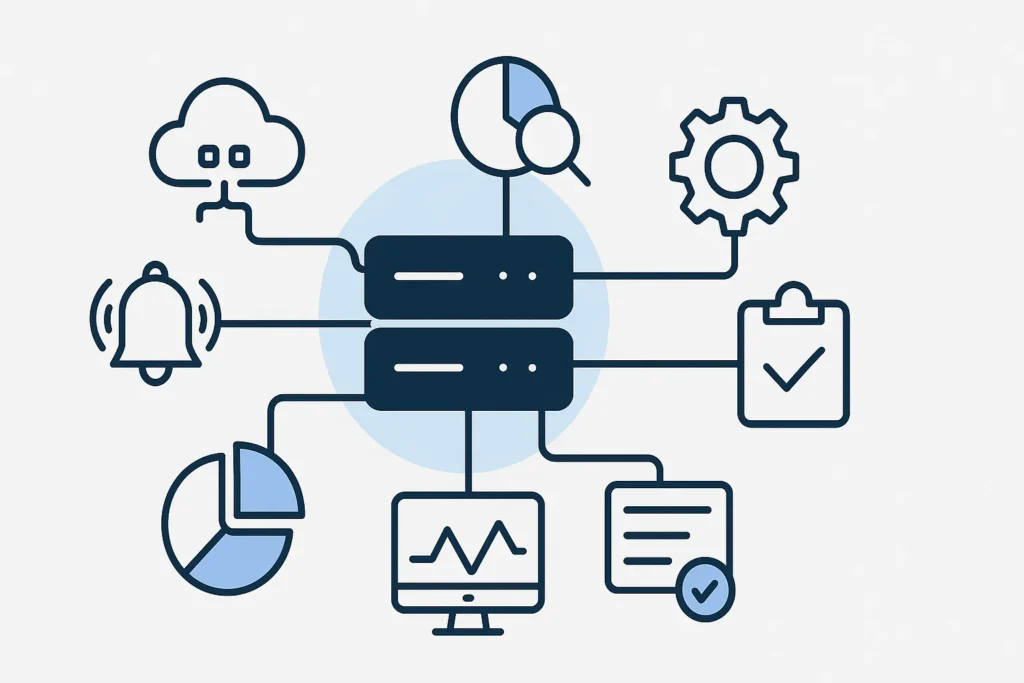
Unified monitoring of databases, applications, and infrastructure
Automation of complex workflows
Historical performance data for troubleshooting and optimization
Role-based access for secure operations
Alert systems for fast incident response
Integration with third-party tools and APIs
Common use cases
Monitoring Oracle RAC clusters and performance metrics
Automating database patching and provisioning
Tracking configuration changes across environments
Managing compliance with audit trails
Visualizing KPIs for CIO dashboards
Oracle Management Server in Oracle Cloud
With the rise of OCI (Oracle Cloud Infrastructure), Oracle has adapted OMS to support hybrid and cloud-native environments. Features like Fleet Maintenance, Cloud Control, and Exadata monitoring are now supported out-of-the-box.
Oracle Management Server also integrates with OCI Observability and Management services, extending its reach to cloud-hosted workloads.
Installation and deployment considerations
Setting up OMS involves the following steps:
Install Oracle WebLogic Server as a base platform
Deploy the OMS application (typically through Oracle-supplied binaries)
Configure the Oracle Management Repository in a dedicated database
Install and connect agents to feed OMS data
Secure and fine-tune the OMS for your environment (network, certificates, performance tuning)
OMS can be deployed in a HA (High Availability) setup using load balancers and clustered environments.
Troubleshooting Oracle Management Server
Some typical OMS issues and diagnostic steps:
OMS not starting
Check logs in$OMS_HOME/gc_inst/em/EMGC_OMS1/sysman/log/for JVM or deployment errors.Agent not uploading
Validate connectivity and certificates between agent and OMS.Performance lag in console
Check the repository DB performance, JVM heap size, and concurrent job load.Broken metric collection
Re-synchronize agent and OMS, or redeploy the target’s monitoring templates.
OMS CLI and APIs
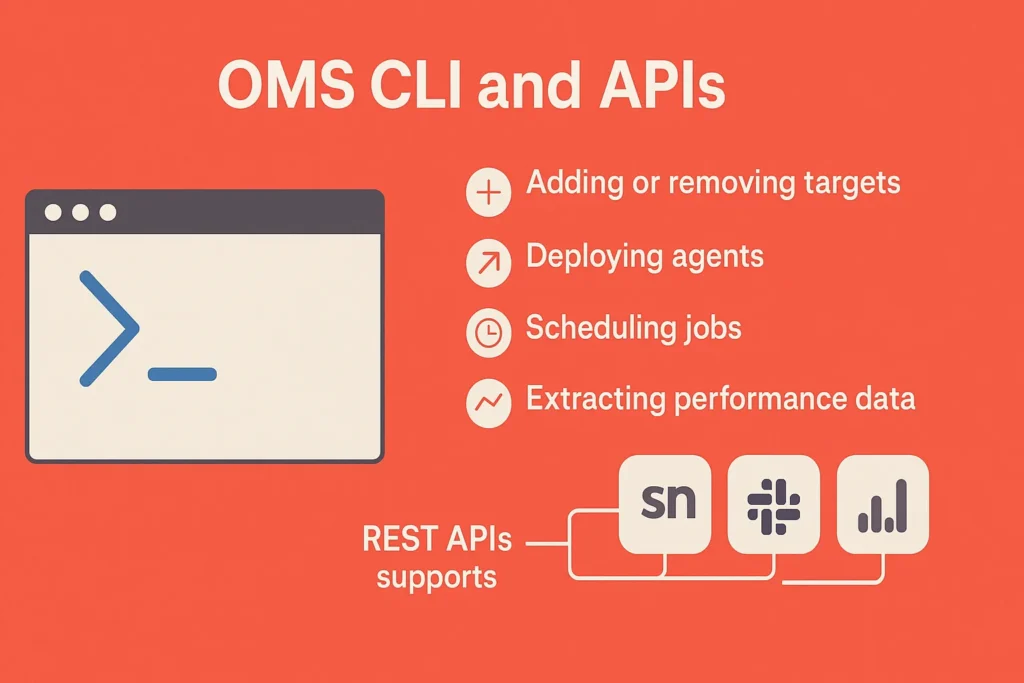
OMS provides a powerful command-line interface (EMCLI) to automate tasks such as:
Adding or removing targets
Deploying agents
Scheduling jobs
Extracting performance data
Additionally, OEM supports REST APIs that allow integration with third-party tools like ServiceNow, Slack, or custom dashboards.
OMS vs. Other Monitoring Platforms
While OMS is tightly integrated with Oracle systems, here’s how it compares:
| Feature | Oracle Management Server | Nagios / Zabbix | Datadog / NewRelic |
|---|---|---|---|
| Oracle-specific insights | ✅ Native | ❌ Basic | ⚠️ Plugin-based |
| Database diagnostics | ✅ Deep | ❌ | ❌ |
| Hybrid cloud support | ✅ Native OCI support | ⚠️ Limited | ✅ Strong |
| Licensing cost | ⚠️ Paid with Oracle EM | ✅ Free/Open | ⚠️ Subscription |
Security and compliance
OMS supports:
SSL encryption
Auditing and logs
User authentication via LDAP/SAML
Fine-grained RBAC (Role-Based Access Control)
Compliance checks for security baselines
Final thoughts
Oracle Management Server is more than just a dashboard—it’s a foundational piece of enterprise-grade monitoring and lifecycle management for Oracle environments. From basic health checks to advanced automation and compliance, OMS empowers IT teams to be proactive, efficient, and secure.
Whether you’re managing a handful of Oracle databases or a global hybrid infrastructure, understanding and utilizing Oracle Management Server is essential for modern Oracle professionals.

